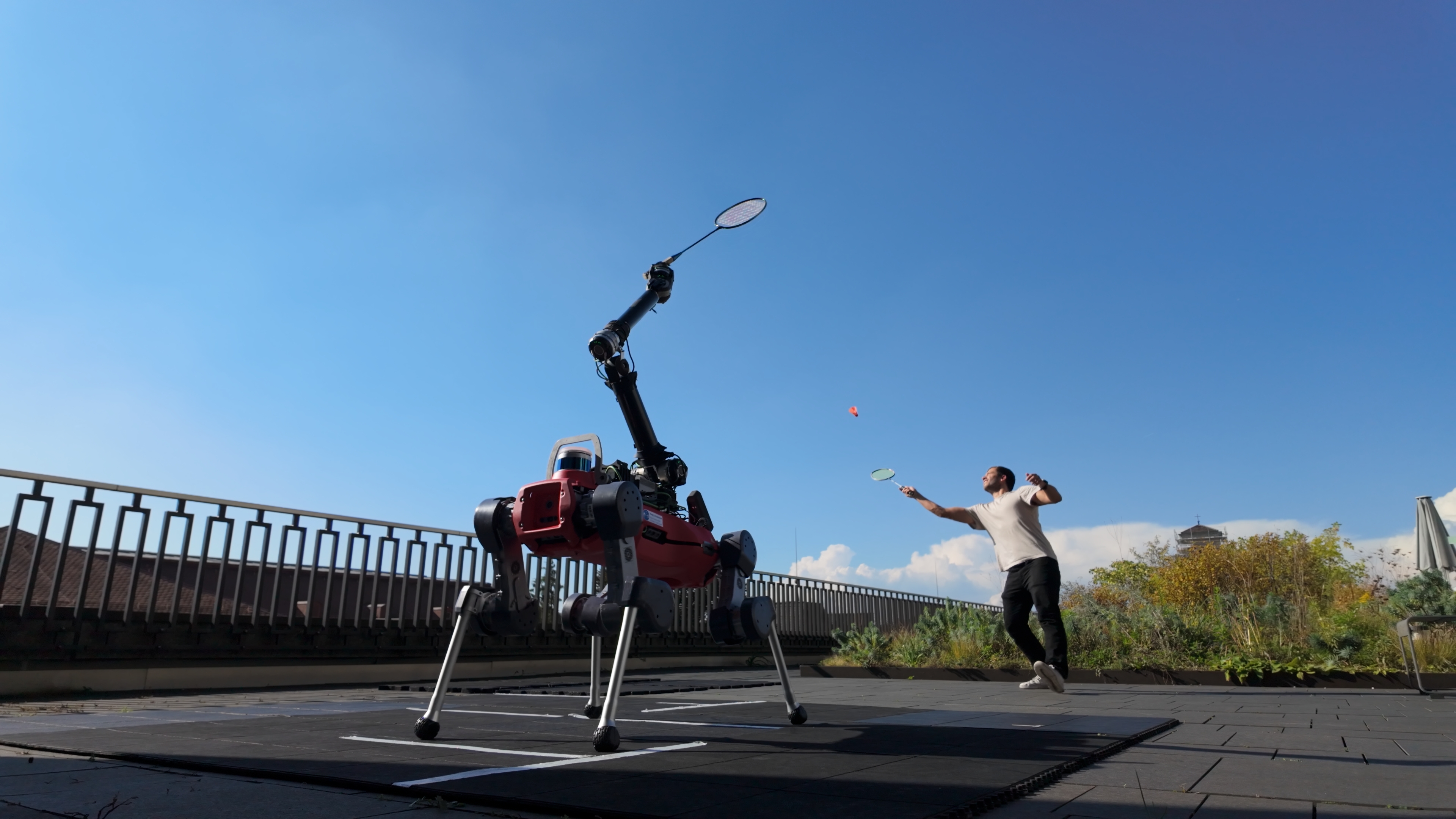| IN A NUTSHELL |
|
In the realm of robotics, innovation is the key that unlocks new possibilities and reshapes our understanding of technology. At the forefront of such groundbreaking advancements is a young mechanical engineering student from Purdue University, Aaed Musa. Driven by passion and a fascination for robotics, Musa has introduced a unique creation: a rope-driven robot dog named CARA. Unlike traditional robot dogs that rely on gears or pulleys, CARA employs a capstan drive system, showcasing the ingenious application of mechanical principles. This remarkable innovation not only highlights the potential of capstan drives but also underscores the creative spirit of young innovators like Musa.
CARA: A Marvel of Modern Robotics
CARA, short for “Capstans Are Really Awesome,” is the latest and most advanced creation by Aaed Musa. As a dedicated YouTuber and self-proclaimed robot enthusiast, Musa has crafted a quadrupedal robot that is a testament to modern engineering. The capstan drive system, which forms the core of CARA’s operation, is a mechanical marvel that uses tensioned ropes wrapped around smooth drums to transfer motion and torque. This system offers several advantages, including zero backlash, high torque transparency, low inertia, and quiet operation, making it an ideal choice for robotics.
Throughout its development, CARA has undergone various iterations and improvements. Musa’s dedication is evident in the robot’s sophisticated design, which incorporates custom-designed 3D-printed parts made from high-strength materials like PET and carbon fiber. The inclusion of brushless “pancake” motors and ODrive S1 motor controllers further enhances CARA’s capabilities, allowing for precise control over position, speed, and torque. At the heart of this robotic wonder is the Teensy 4.1 microcontroller, which acts as the brain, coordinating the seamless operation of its components.
Engineering Excellence: The Mechanics Behind CARA
The mechanical architecture of CARA is a testament to the brilliance of modern engineering. Using high-strength, non-stretch Dyneema DM20 rope, the capstan drive system ensures durability and longevity. The innovative use of carbon fiber tubes provides a lightweight and strong framework, while the integration of brushless motors borrowed from drone technology ensures ample torque for movement. CARA’s 12 motors, distributed across its four legs, reflect meticulous planning in achieving a balance between power and efficiency.
Additionally, CARA employs advanced coding techniques like Inverse Kinematics (IK) to optimize joint movements, ensuring precise positioning of each foot in 3D space. This attention to detail allows CARA to adopt a trotting gait, maintaining stability by keeping at least two legs on the ground. Through rigorous testing, Musa experimented with various step trajectories, ultimately settling on a cycloid path that mimics the natural movement of a real dog’s paw. These meticulous efforts culminate in a robot that moves with a lifelike grace and agility.
The Road to Improvement: Learning from Challenges
Every innovation journey is fraught with challenges, and CARA’s development was no exception. During testing, Musa encountered issues with component fragility, leading to several key upgrades in CARA’s final design. By redesigning weak parts with thicker, more durable alternatives and adjusting step size and speed, Musa addressed these challenges head-on. The incorporation of IMU data to detect tilts further enhanced CARA’s stability, allowing it to maintain balance even on slopes.
Looking to the future, Musa is already planning further upgrades for CARA. Potential additions include wheels and various mounts for accessories such as a GoPro camera, a Nerf gun, or a LiDAR sensor. These enhancements promise to expand CARA’s functionality and versatility, paving the way for even more exciting developments in the field of robotics.
Future Prospects: Pioneering the Next Generation
As CARA continues to captivate the imagination of robotics enthusiasts, Aaed Musa is already setting his sights on the next project. He envisions creating a smaller, more builder-friendly version of CARA, complete with a step-by-step build guide. This endeavor, anticipated to unfold in 2026, underscores Musa’s commitment to making advanced robotics accessible to a wider audience.
The future of robotics is undeniably bright, and innovators like Musa play a crucial role in pushing the boundaries of what’s possible. By combining creativity, engineering excellence, and a passion for discovery, they are paving the way for a new era of robotic exploration. As we stand on the brink of this exciting future, one question remains: What other groundbreaking innovations await us on the horizon?
This article is based on verified sources and supported by editorial technologies.
Did you like it? 4.6/5 (23)
Source link


